The Hellenistic kingdom of Cappadocia, located in the heart of Anatolia, ruled the Cappadocian region within modern-day Turkey. Founded by Ariarathes, the last representative of the Achaemenid satrapy, this kingdom was a legacy of the Persian Empire. The Kingdom of Cappadocia persisted under successive dynasties of Ariarathes, Ariobarzanes, and Archelaus. However, in 17 AD during the reign of Roman Emperor Tiberius, it was annexed by the Roman Empire and became a Roman province following the death of the last king, Archelaus.
Cappadocia was a significant center during the "Iranization" of Anatolia under the Achaemenid Empire. Ariarathes was a satrap known for his loyalty to the Achaemenid kings. During Alexander's conquest of the Persian Empire, Cappadocia was one of the regions that resisted Macedonian occupation. Following this resistance, Ariarathes ascended to the throne as the first king of the Kingdom of Cappadocia.
After a period under the dominion of the Seleucid Empire, Cappadocia regained its independence during the reign of Ariarathes III. However, in the 1st century BC, the Ariarathid dynasty was overthrown by King Mithridates VI of Pontus. With the support of the Roman Republic, an Iranian noble named Ariobarzanes I was elected as the new king. Subsequently, following civil wars in Rome, the Romans began to intervene more actively in Cappadocia, and in 36 AD, Marcus Antonius installed Archelaus on the throne of Cappadocia. After Archelaus' death, Cappadocia was fully incorporated into the Roman Empire.
Due to its strategic location, Cappadocia pursued a policy of balancing between its powerful neighbors. To achieve this, its kings often formed marriage alliances with the Mithridates and Seleucid dynasties.
According to Strabo's observations, centuries after the fall of the Achaemenid Empire, Cappadocia continued to be a vibrant part of Persian culture. Numerous temples and sacred sites dedicated to Iranian gods and goddesses such as Anahita and Ahura Mazda were found in Cappadocia. There were also temples devoted to Zoroastrianism known as Pyraitheia.
The Kingdom of Cappadocia held an important place in the Hellenistic history of Anatolia and preserved the Persian cultural heritage. Its strategic position, dynastic changes, and relations with the Roman Empire were significant factors that shaped the history of the Kingdom of Cappadocia.







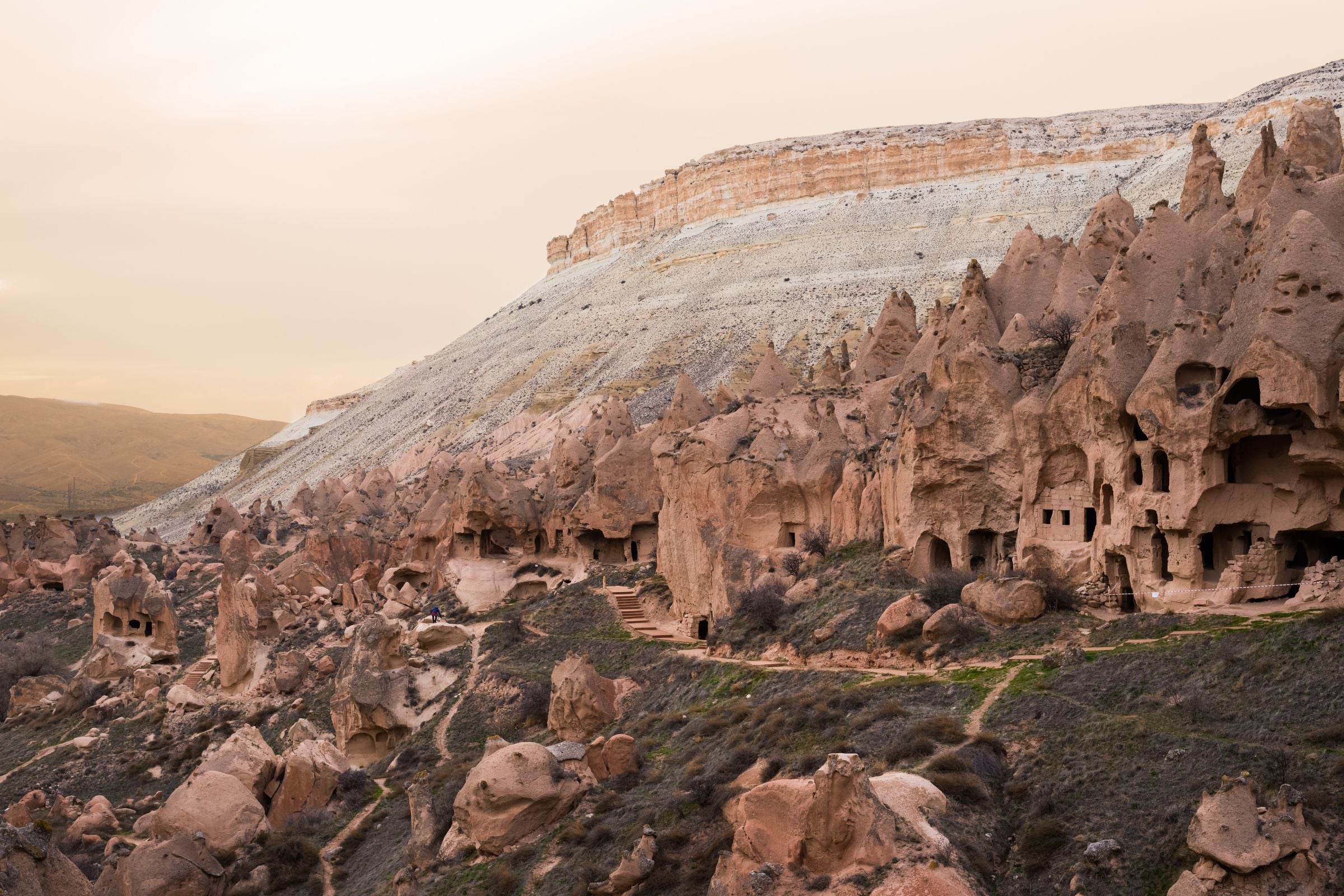
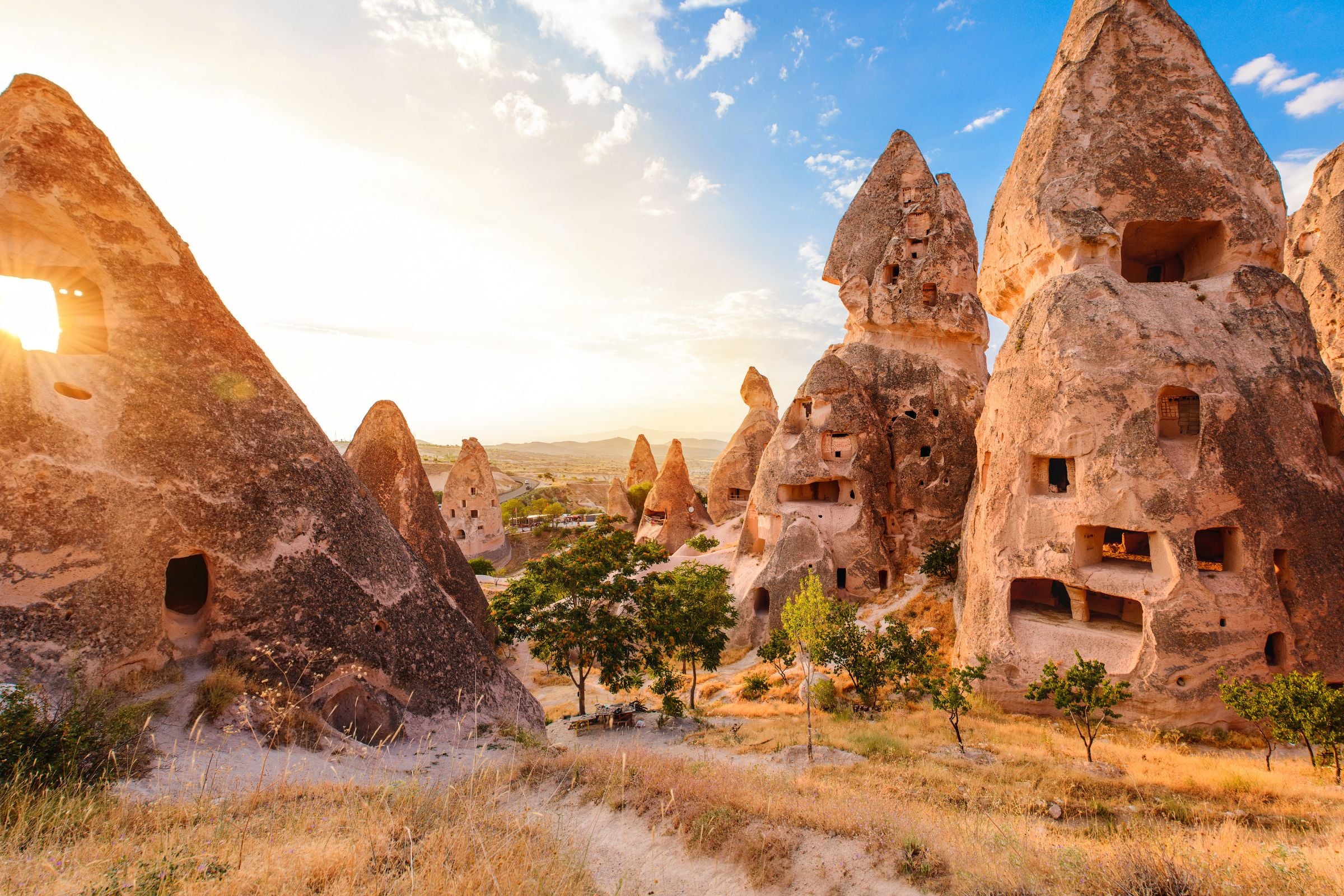
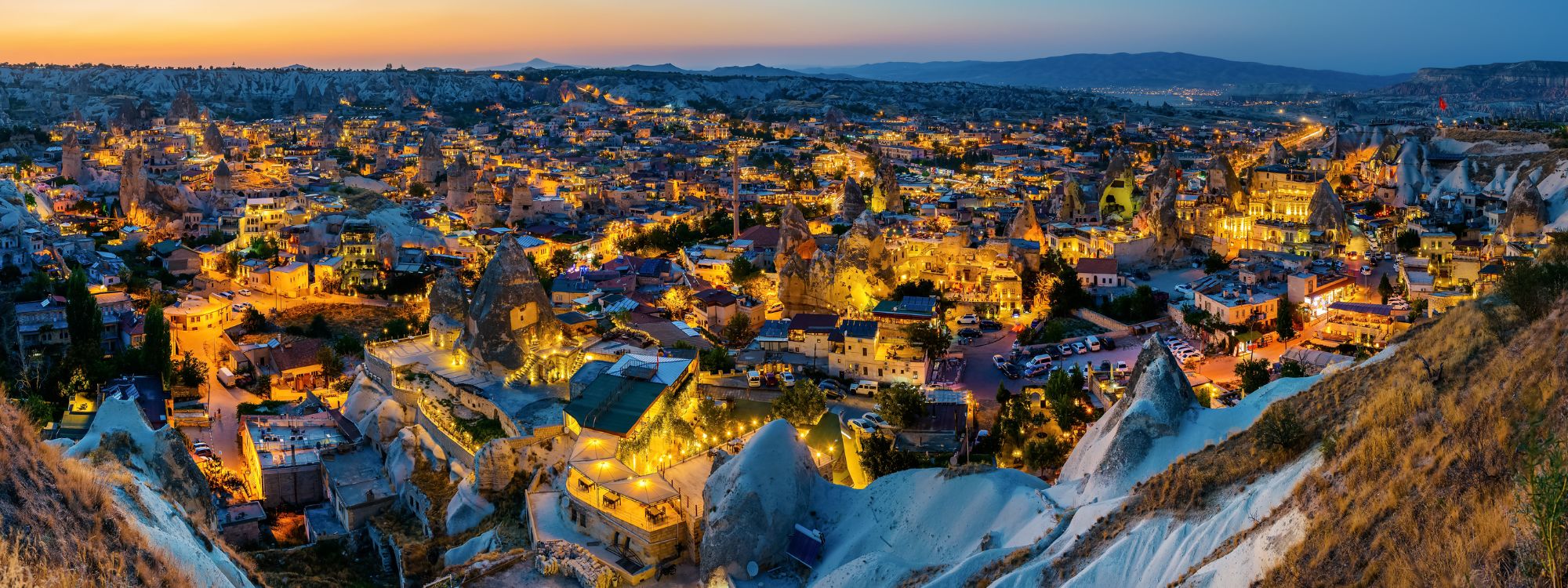

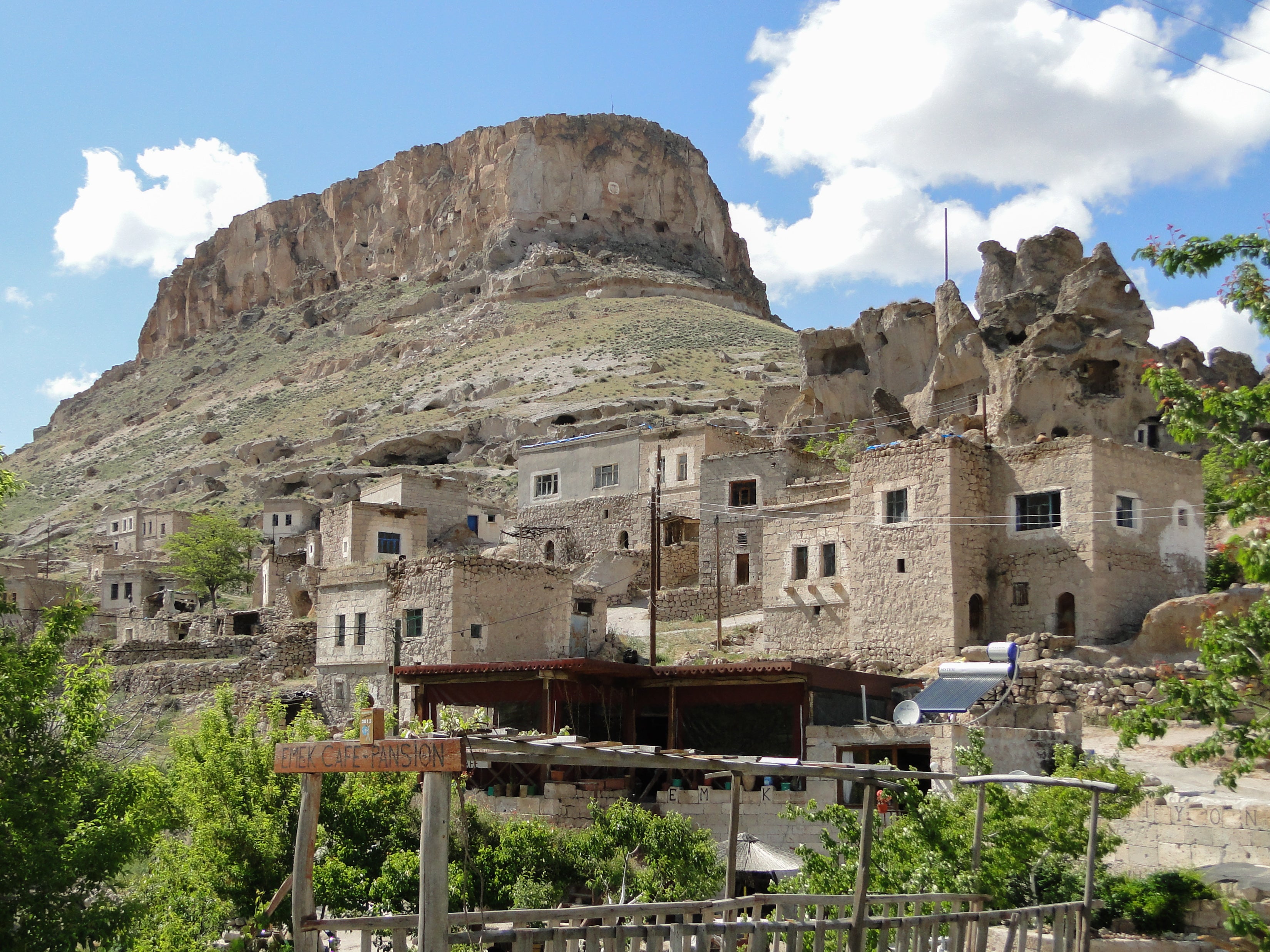
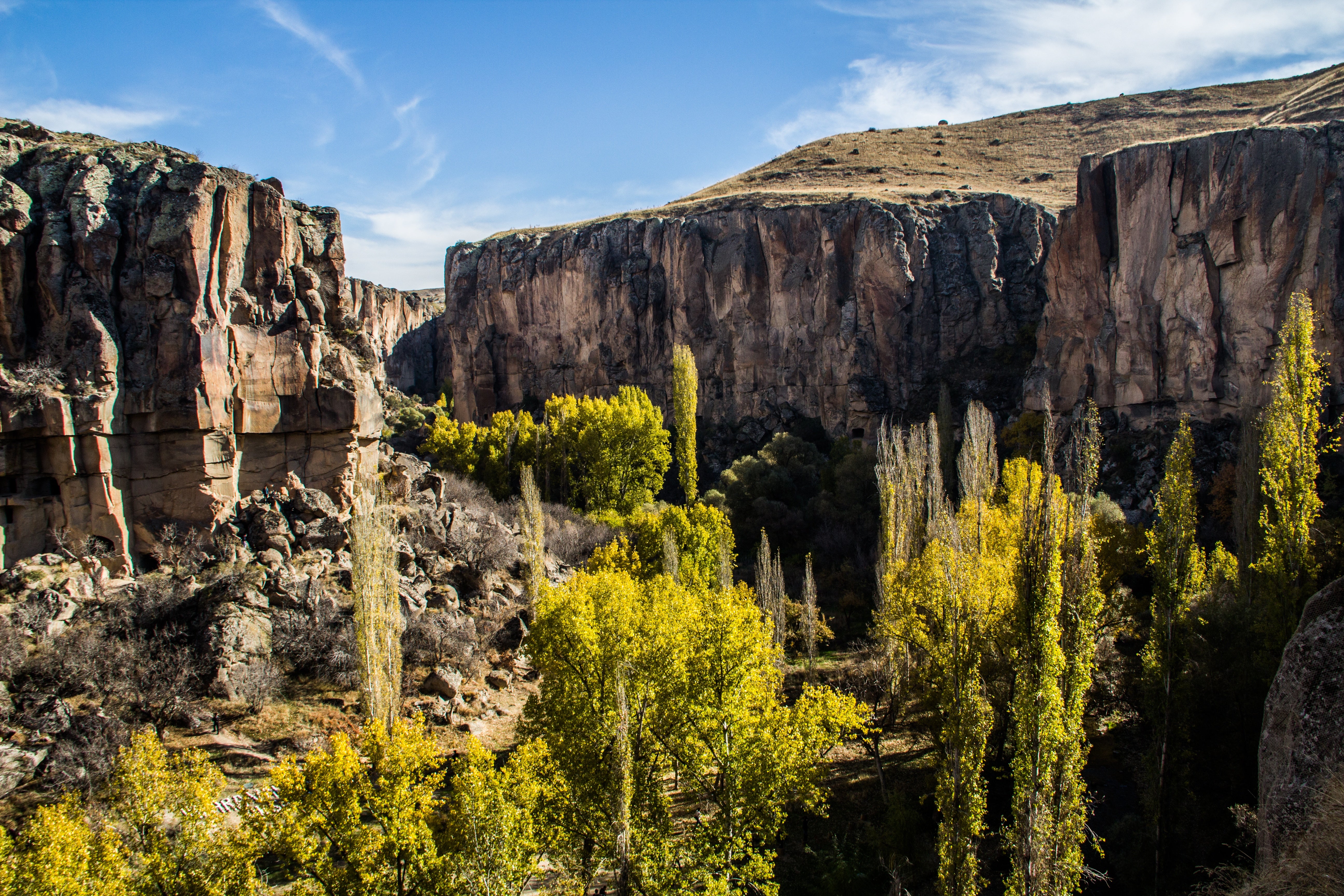


Share:
Cappadocia: Early Christian and Byzantine Periods
Unlock the Door to Cappadocia: Shuttle Service from Kayseri Airport to Your Hotel